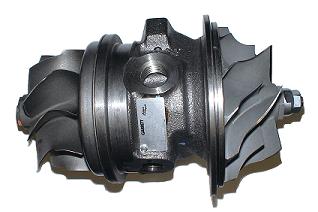I just took out the turbo for the first time after 10.5 years and 241k miles. Here it is.
http://tapatalk.imageshack.com/v2/14/12/13/b69a941cf355d43c91286618dcf38fab.jpg[/IMG
Exhaust side:
[IMG]http://tapatalk.imageshack.com/v2/14/12/13/66616153f12ed507048576efa5a79611.jpg
With a crack:
![Image]()
Also visible on the other side:
![Image]()
Why is it white? Too lean? My spark plugs and exhaust tip would say I am rather running too rich.
The intake side:
![Image]()
What is this scratch on one of the blade?
![Image]()
I could not find any play at all. And the wheel seems to be turning smoothly.
Quite dirty:
![Image]()
![Image]()
![Image]()
![Image]()
Another crack on the exhaust side:
![Image]()
So should I look for a new turbo in the near future?
Is it rebuildable?
What do you think?
http://tapatalk.imageshack.com/v2/14/12/13/b69a941cf355d43c91286618dcf38fab.jpg[/IMG
Exhaust side:
[IMG]http://tapatalk.imageshack.com/v2/14/12/13/66616153f12ed507048576efa5a79611.jpg
With a crack:

Also visible on the other side:

Why is it white? Too lean? My spark plugs and exhaust tip would say I am rather running too rich.
The intake side:

What is this scratch on one of the blade?

I could not find any play at all. And the wheel seems to be turning smoothly.
Quite dirty:




Another crack on the exhaust side:

So should I look for a new turbo in the near future?
Is it rebuildable?
What do you think?



















